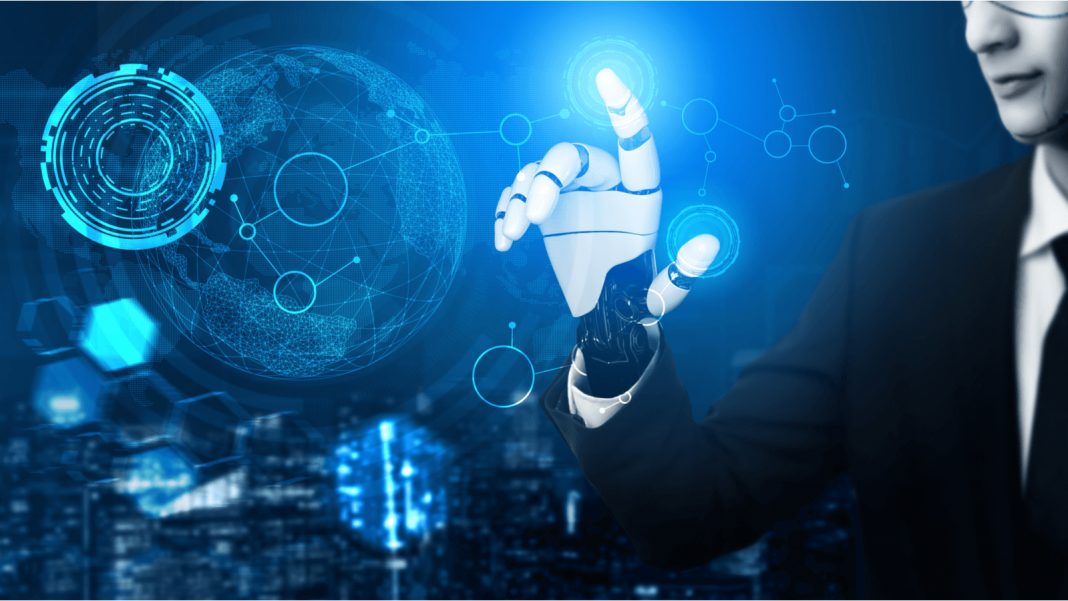Enterprise technologies have found usage in multiple industries and are driving digital transformation, but personal technologies are also not far behind achieving higher ROI for businesses
In the fourth industrial revolution, rapidly emerging new technologies are finding various usages as they mature. Their shift of usage of technologies from personal to enterprise and vice versa has become quite interesting.
For example, video conferencing for enterprise had its origins in unified communication, which also find consumer application, while Bitcoin started for individuals to use, and many industries are using Blockchain technology.
The consumer technology space currently is undergoing massive changes. In the coming year, virtual assistants are expected to change the nature of collaboration; smartphones will have AI-enabled computer vision, while immersive technologies become core to business planning.
Gartner has predicted that by 2023, 40% of investments in immersive technologies and enabling devices will be digital business outcomes driven. While these innovations are an enormous opportunity for enterprises, they also bring in risks.
Read More: Natural Language Processing Can Boost Enterprise Capabilities
Advances in personal technologies carry the ability to improve personal performances while driving highly successful business initiatives. Experts suggest, enabling business transformation; tech leaders must build outcome-oriented objectives that show value and secure organizational buy-in, emphasize data security to respect regulations and foster trust, and understand how solutions will be embedded into workflows.
Here are four personal consumer technologies that experts predict will drive enterprise transformation for businesses to be a part of technology roadmaps:
- Computer vision
Computer vision (CV) involves capturing, processing, and analyzing the real-world images and videos, allowing machines to extract meaningful and contextual information from the physical world.
For enterprises, a CV will enable location-specific experiences or services, especially in industries like retail and education. For government initiatives, CV can speed up and secure services like driver’s license renewals, benefits, and taxes. In healthcare too, CV has the ability to help those with reduced visual abilities.
The risk that comes with this technology is regulatory noncompliance. It will become essential to remain updated with various dynamic regulations around personal data.
Experts suggest taking advantage of the existing CV frameworks or even CV-as-a-service APIs from leading technology providers with a focus on specific use-cases or vertical solutions during adoption.
- Immersive Experiences
Augmented reality (AR), Virtual Reality (VR) and Mixed Reality (MR) can aid in design and visualization to plan and design physical properties, visualization of buildings, constructing simulations and even design cars and planes.
By considering visualization as a vital part of the ideation process, these technologies can help in the reinvention of business models.
The current practical uses of immersive technologies include – remote field workers can perform maintenance and repair, locate goods, get step-by-step visual instructions from supervisors in other locations.
Experts recommend being selective with immersive solution investments and suggest to start small and then working to the expectation as ROI will take more than two years.
- Virtual assistant
Virtual assistants (VAs) are expected to fundamentally reshape user interactions as devices will assist with things like traffic updates or travel alerts. At the workplace, VAs will be used to plan meetings from start to end, including booking the meeting room, organizing attendee schedules, and even taking meeting minutes. Additionally, VAs can improve user experience and also sense a user’s emotions via voice analyst.
VA and virtual enterprise assistants (VEAs) can change how bots interact with physical workspace and applications. This will increase productivity and efficiency improvements and create more engaging user experiences.
Read More: Bots to Take over Communication with Customers: Is the Future Already Here?
Organizations have started deploying VEAs to aid in everyday IT tasks, like password resets and other service-desk issues. Experts suggest leverage the existing speech APIs and think about synergies between immersive experiences and VAs to drive integrated usage.
- 3D printing
3D printing (3DP) comes from the family of additive manufacturing technologies that use devices to create physical objects from digital models. Materials for 3D-printing include plastics, glass, ceramics, composites, biomaterials, hybrids, and metals. To achieve the desired precision, output often requires machining or other treatment.
3DP has already become a mainstream technology which is being used for many purposes, including prototyping, manufacturing of one-off or-low volume goods, research and development, and creation of architectural models. The current most massive 3DP devices can ‘print’ small buildings.
Experts warn that it can be critical to invest in personnel with strong 3D design skills or even find partners offering those capabilities.
While personal technologies sometimes have to be completed reinvented to become fit for enterprise usage, but this opens doors for more innovation.

